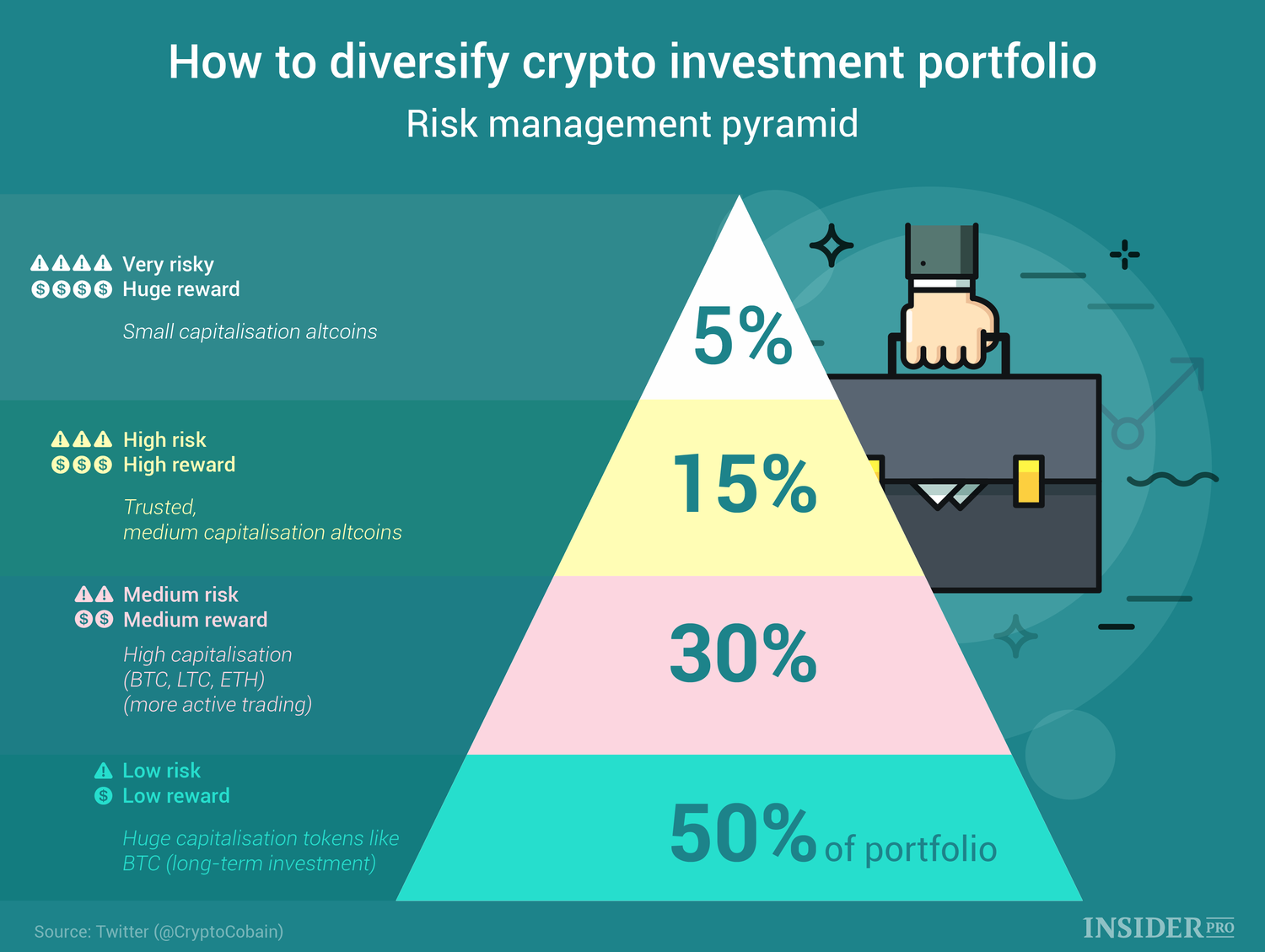Crypto Investment Strategies are your roadmap to navigating volatile markets and building long-term wealth. Whether you’re new to blockchain assets or seeking to refine your approach, these seven essential tips will help you optimize returns while managing risk.
1. Diversify Across Asset Classes
Putting all your funds into a single token amplifies risk. Effective Crypto Investment Strategies involve spreading capital across Bitcoin, Ethereum, and high-potential altcoins. A diversified portfolio mitigates the impact of any one token’s dramatic swings.
2. Set Clear Risk-Management Rules
Every investor must define stop-loss limits and position sizes before entering trades. When you apply Crypto Investment Strategies, decide in advance how much you’re willing to lose on a position. Automated alerts can enforce these rules and protect your capital.
3. Embrace Dollar-Cost Averaging (DCA)
Timing the market is notoriously difficult. Incorporate Crypto Investment Strategies like DCA—investing a fixed amount at regular intervals—to smooth out purchase prices over time. This systematic approach reduces emotional decisions during market peaks and troughs.
4. Research and Evaluate Projects
Not all blockchain projects are created equal. As part of your Crypto Investment Strategies, analyze whitepapers, team backgrounds, tokenomics, and community activity. Platforms like CoinGecko offer in-depth metrics to compare fundamentals and identify credible opportunities.
5. Secure Your Holdings Properly
Custody is paramount in crypto. Integrate hardware wallets (e.g., Ledger or Trezor) and use multi-signature services for large holdings. A robust Crypto Investment Strategies plan includes cold storage for long-term assets and reputable hot wallets for day-to-day trading.
6. Explore Decentralized Finance (DeFi)
DeFi protocols can amplify yields through staking, lending, and liquidity provision. When leveraging Crypto Investment Strategies, start small—test smart contracts on a testnet, then allocate a percentage of your portfolio to high-liquidity pools to earn passive returns.
7. Monitor Regulatory Developments
Government policies can swing markets overnight. Incorporate Crypto Investment Strategies by following official announcements from the SEC, EU, or Asian regulators. Staying informed helps you adjust positions before sweeping regulatory changes impact valuations.
Learn more in our Investment Guides.
Refer to the official CoinGecko Research for token analytics.



Leave a Comment